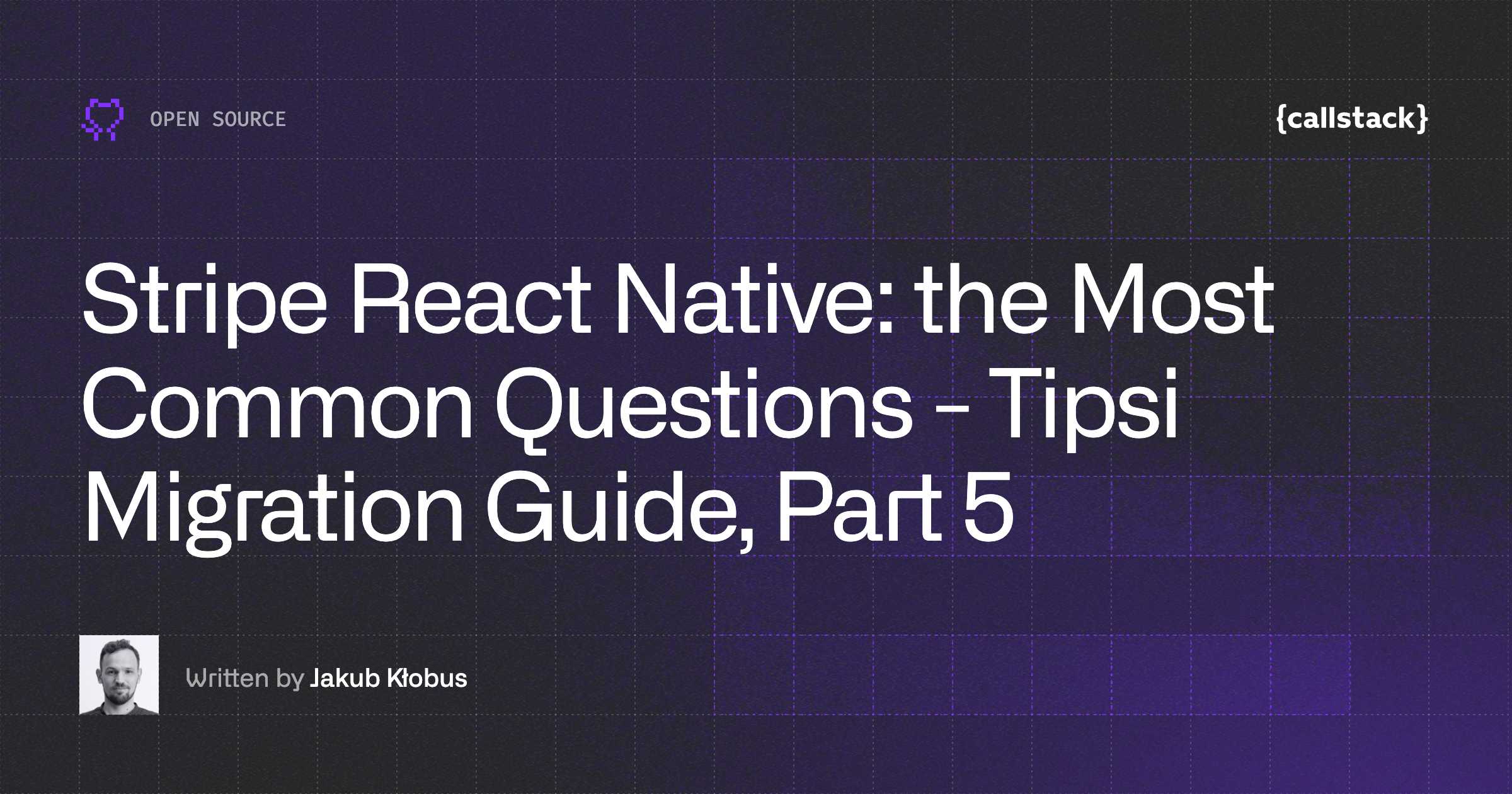In the first episode of Coffee Talk Aleksandra Desmurs Linczewska, Łukasz Chludziński, and Michał Pierzchała discuss the React v18 and React Native 0.68.
Resources mentioned in the episode
//
Insights
Learn more about
Open Source
Here's everything we published recently on this topic.
//
Open Source
We can help you move
it forward!
At Callstack, we work with companies big and small, pushing React Native everyday.
React Native Development
Hire expert React Native engineers to build, scale, or improve your app, from day one to production.
React Development
Develop high-performance React applications with advanced patterns and scalable architectures.
React Compiler Implementation
Use React Compiler to achieve instant performance benefits in your existing applications.
React Native Trainings
Equip your team with React Native skills through tailored training sessions.













